On May 20, 2017 I embarked on a journey to South Africa, accompanied by 13 other fellow classmates and professors from Colorado State University. We arrived late on the 21st to our new home. The mission: to learn about Sotho speaking peoples and their art, the education system in South Africa from an arts perspective and experience the country's natural environment and contemporary artists of South Africa.
Our visit was located centrally around Qwa Qwa in the Free state, located just outside of Lesotho. Over the four weeks that we stayed we worked in 10 schools including one school specifically for differently abled learners, and an after-school program. While we were there we also participated in several community service events. We helped with building a church, cleaned up a heritage monument, and engaged in neighborhood events.
Our visit was located centrally around Qwa Qwa in the Free state, located just outside of Lesotho. Over the four weeks that we stayed we worked in 10 schools including one school specifically for differently abled learners, and an after-school program. While we were there we also participated in several community service events. We helped with building a church, cleaned up a heritage monument, and engaged in neighborhood events.
In all of the schools and programs that we worked with the learners, they were so excited. Our lesson was based on stories, connecting and getting to know one another. We introduced ourselves through a story about our life, where we come from, how we learn, why and what art we make and what inspires us. We asked our learners to create a visual story about themselves. Through the art making process they learned that communication can happen visually, that stories are not just words, and some studio habits along the way. Most of the classes were about an hour long, some were longer. The longer classes allowed the students to more fully explore their ideas, where as the shorter classes maintained an air of material exploration. Most of the learners that we worked with had created art previously, but it was not part of their regular curriculum. Some of the students regularly worked in pencil, and it was difficult for them to "go with the flow" of painting. Even though it was different and sometimes difficult for them they persevered and created their work. There were 12 educators, we split into 6 groups of 2. During the first few schools there were not enough classes for all 6 groups so we re-organized into 3 groups of 2. This worked out well for the educators that had less experience or were nervous about this style of teaching. Speaking of, we as educators had to be very flexible and ready for changes to the plan. Sometimes it was a challenge, but for the most part I feel like everyone did very well. There was so much art created in the short time that we were there, we could not possibly bring all of it home. In each of the schools we offered a choice to the learners, they could keep their work or donate one of their works to possibly be displayed in the exhibition at CSU. Most of the work the learners did was donated. This provided an interesting opportunity for the educators. We participating in curating the show that will be on display this fall at CSU. From 200+ paintings, prints, and scratch art we narrowed it down, as a group, to 40 works.
As mentioned, another part of our mission was to learn about local artists of Sotho and contemporary artists of South Africa. We also participated in several community building activities. Below are some photos of the events we participated in as well as the artists that we visited.
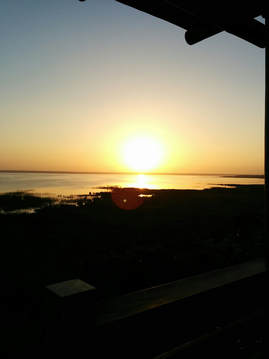
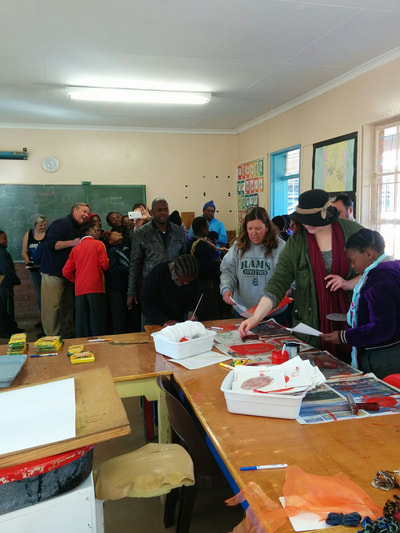
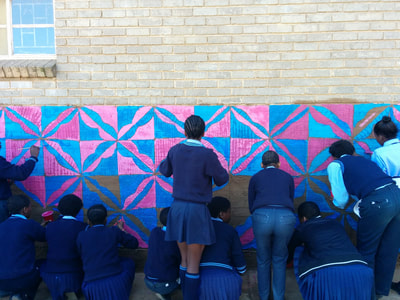
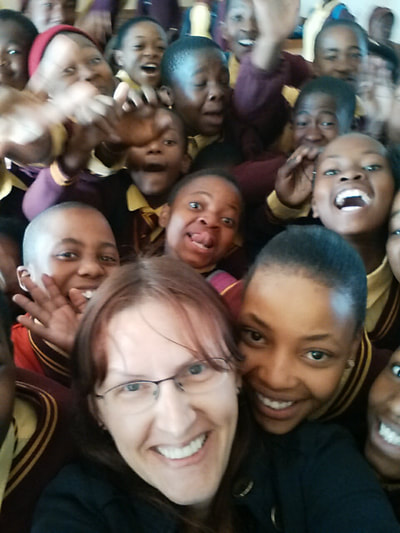
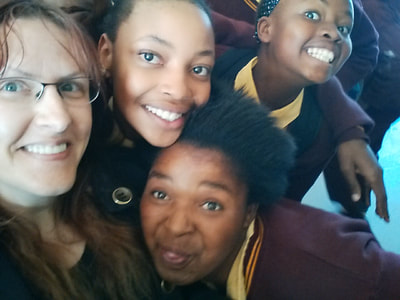
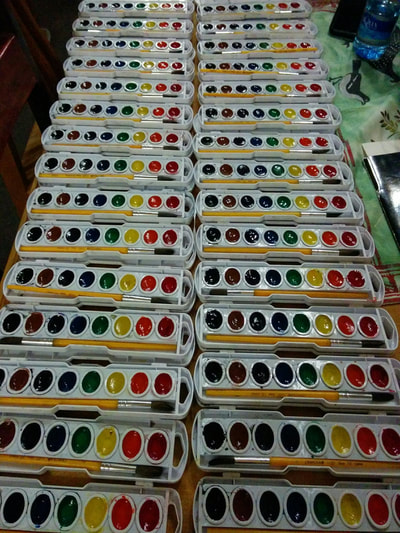
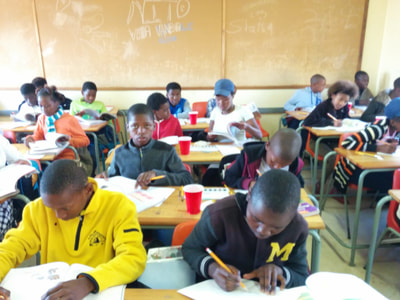
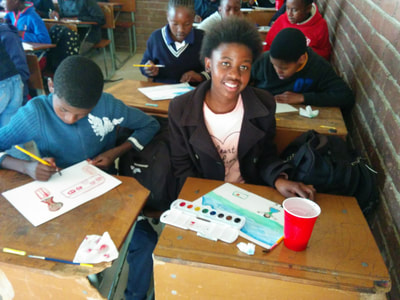
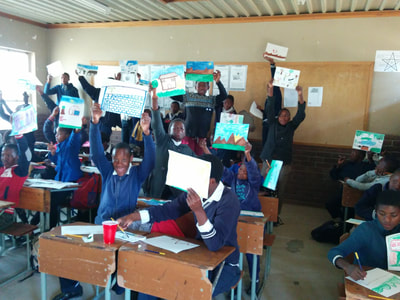
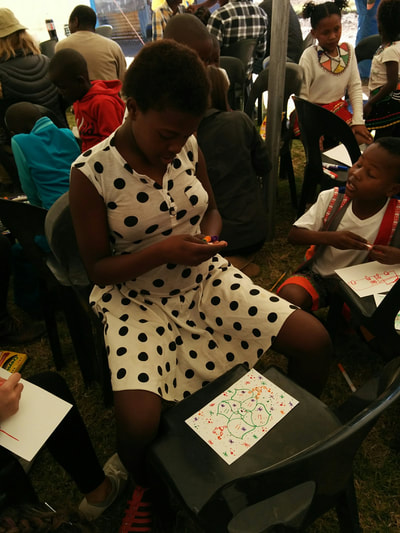
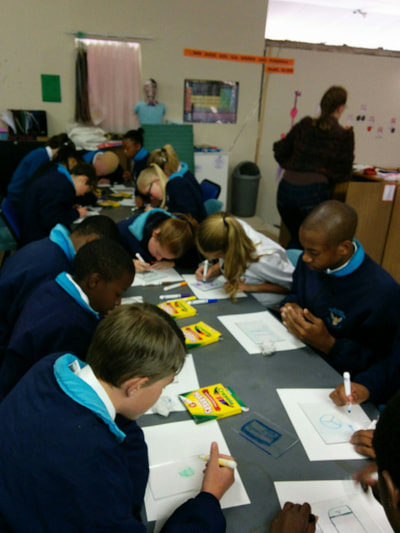
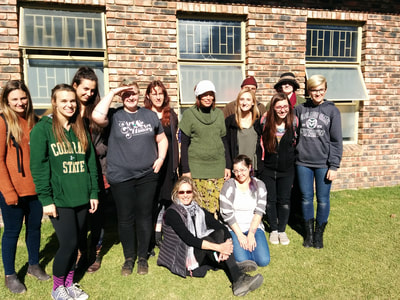
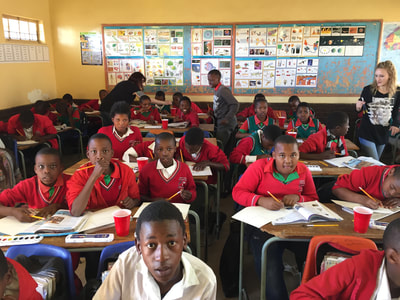
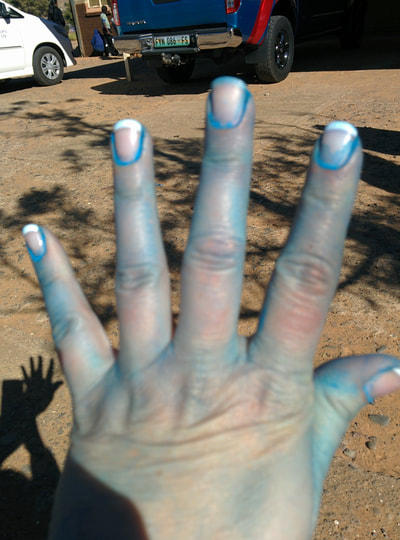
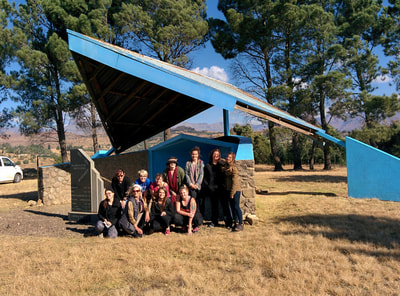
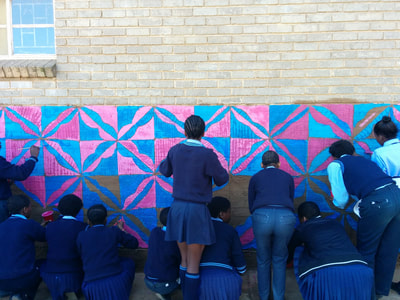
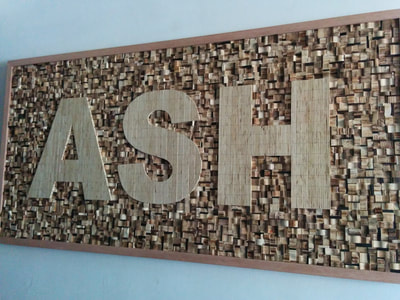
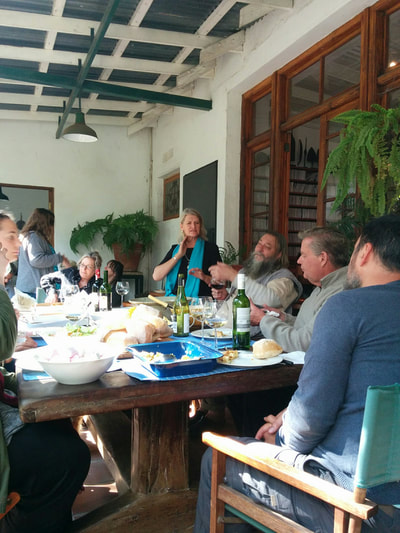
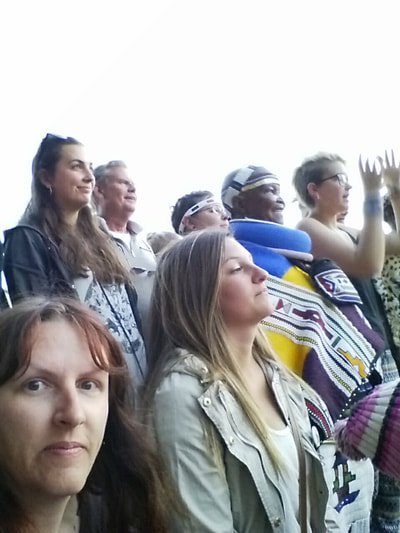
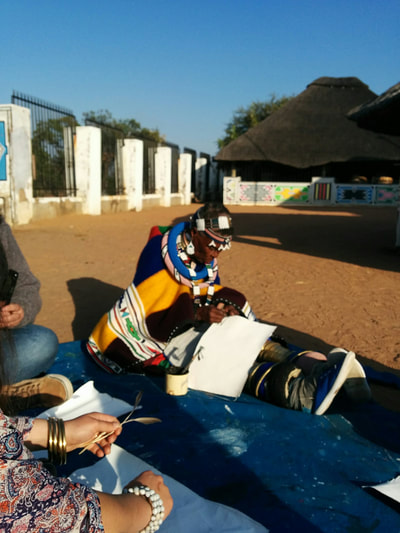
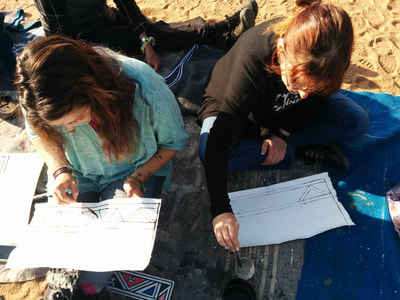
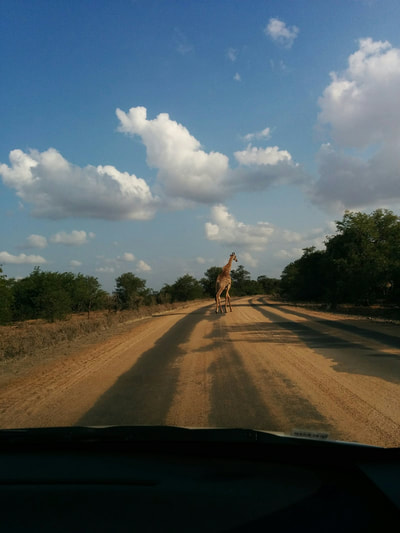
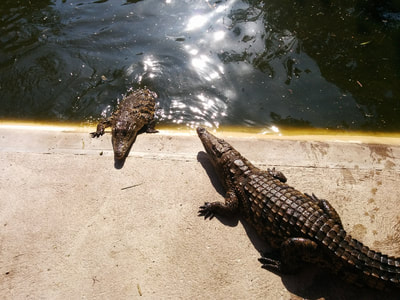
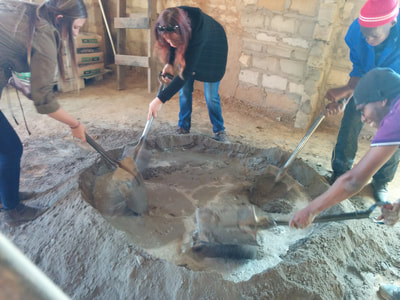
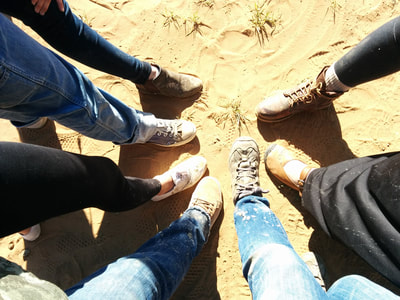
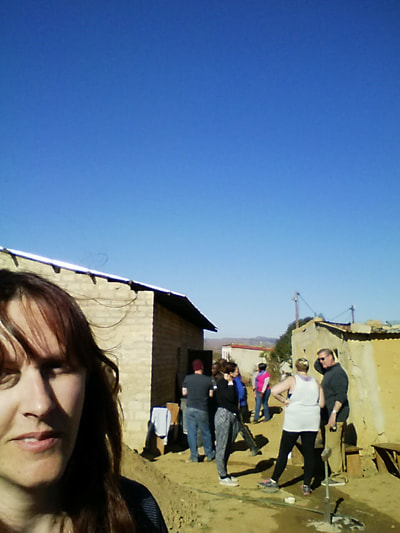
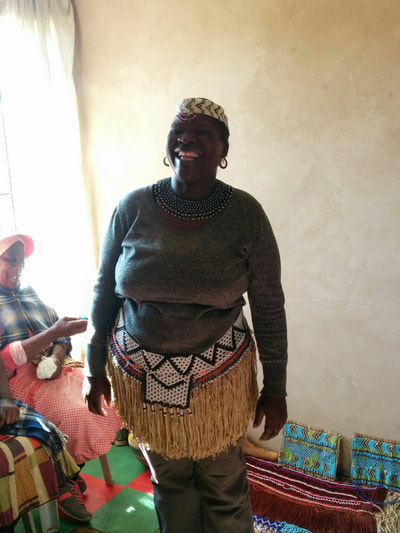
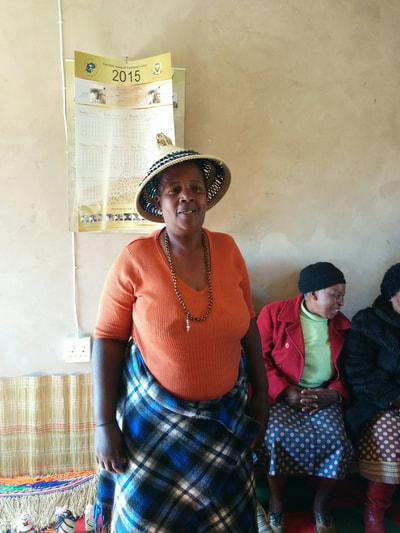
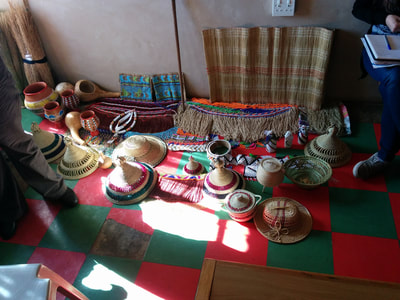
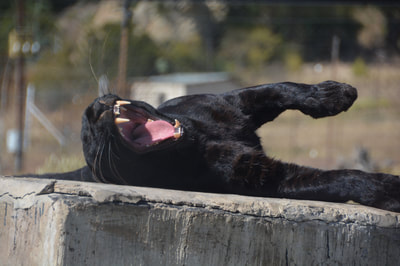
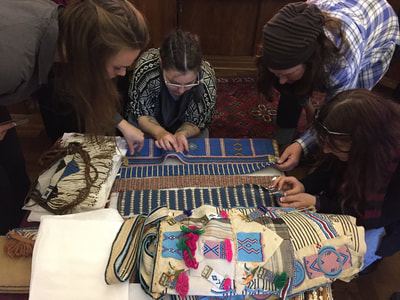
 RSS Feed
RSS Feed
